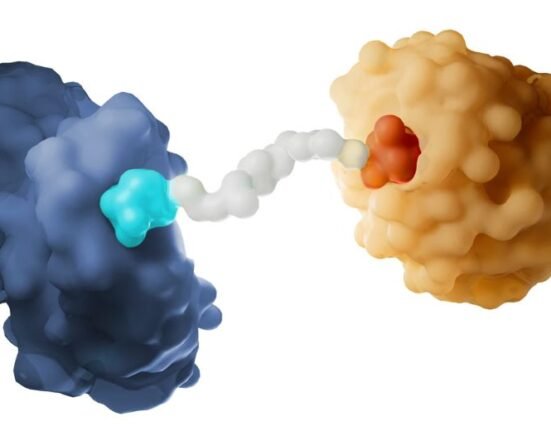HQ Team
June 4, 2025: British-Swedish AstraZeneca Plc.’s investigational pill to treat an advanced breast cancer has reduced the chance of worsening the disease or the patient dying by 56% compared to the usual treatment.
Patients on camizestrant lived about 16 months without the HER2-negative advanced breast cancer worsening, compared to about nine months for those on the standard care of treatment, according to a statement.
The trial, for the first time, employed a new method to detect early signs that the cancer might become resistant to treatment by looking for the ESR1 mutation in blood tests called liquid biopsy.
When this mutation was found, doctors switched the hormone treatment to camizestrant before the cancer visibly worsened. This early switch, before tumour growth could be detected on imaging, helped delay cancer progression.
The standard treatment for certain advanced breast cancers, those that grow in response to hormones and don’t have too much of a protein called HER2, usually involves two medicines given together as the first option.
Lowering cancer-aiding hormone
One medicine is called an aromatase inhibitor (like anastrozole or letrozole). It lowers the amount of estrogen, a hormone that can help the cancer grow.
The other medicine is a CDK4/6 inhibitor, which helps stop cancer cells from multiplying.
This combination is used especially when the cancer develops a specific change — an ESR1 mutation — that can make it harder to treat.
Camizestrant works by blocking and breaking down certain hormone receptors called estrogen receptors that help some breast cancers grow.
During the clinical trial, patients with advanced breast cancer who had an ESR1 mutation were treated either by switching to camizestrant along with CDK4/6 inhibitors or by continuing their usual hormone treatment or aromatase inhibitors.
Less pain
Patients on camizestrant stayed in better overall health and quality of life for a longer time — about 23 months compared to six months for the usual treatment group. They also experienced less worsening of pain.
Side effects with camizestrant were similar to those expected with the other drugs used.
Some patients had blood-related side effects like low white blood cells, but these were manageable and did not cause many patients to stop treatment. A few experienced brief flashes of light in their vision, but this did not affect daily life and was reversible.
The results from the trials show a new way to manage breast cancer by catching resistance early and changing treatment before the cancer grows again. It offers hope for better control of the disease and improved quality of life.
The global trial enrolled 315 adult patients with HR-positive, HER2-negative advanced breast cancer, undergoing treatment with an aromatase inhibitor in combination with a CDK4/6 inhibitor as first-line treatment.
‘Pivotal moment’
The trial outcome “marks a pivotal moment in breast cancer care and redefines how we think about drug resistance in this type of breast cancer,” said Nicholas Turner, MD, PhD, Professor of Molecular Oncology at The Institute of Cancer Research, London, and co-principal investigator for the trial, said.
It “exemplifies a new treatment strategy in oncology; by treating developing resistance before it causes disease progression and deterioration in quality of life, we can extend the benefit of 1st-line treatment to optimise patient outcomes.”
Susan Galbraith, Executive Vice President, Oncology Haematology R&D, AstraZeneca, said the trial redefined the “clinical paradigm” in breast cancer.
The results support the pill’s “potential as a new standard-of-care endocrine therapy backbone in the treatment of HR-positive breast cancer.”
The US Food and Drug Administration has granted a Breakthrough Therapy Designation for the pill for the treatment of adult patients.








